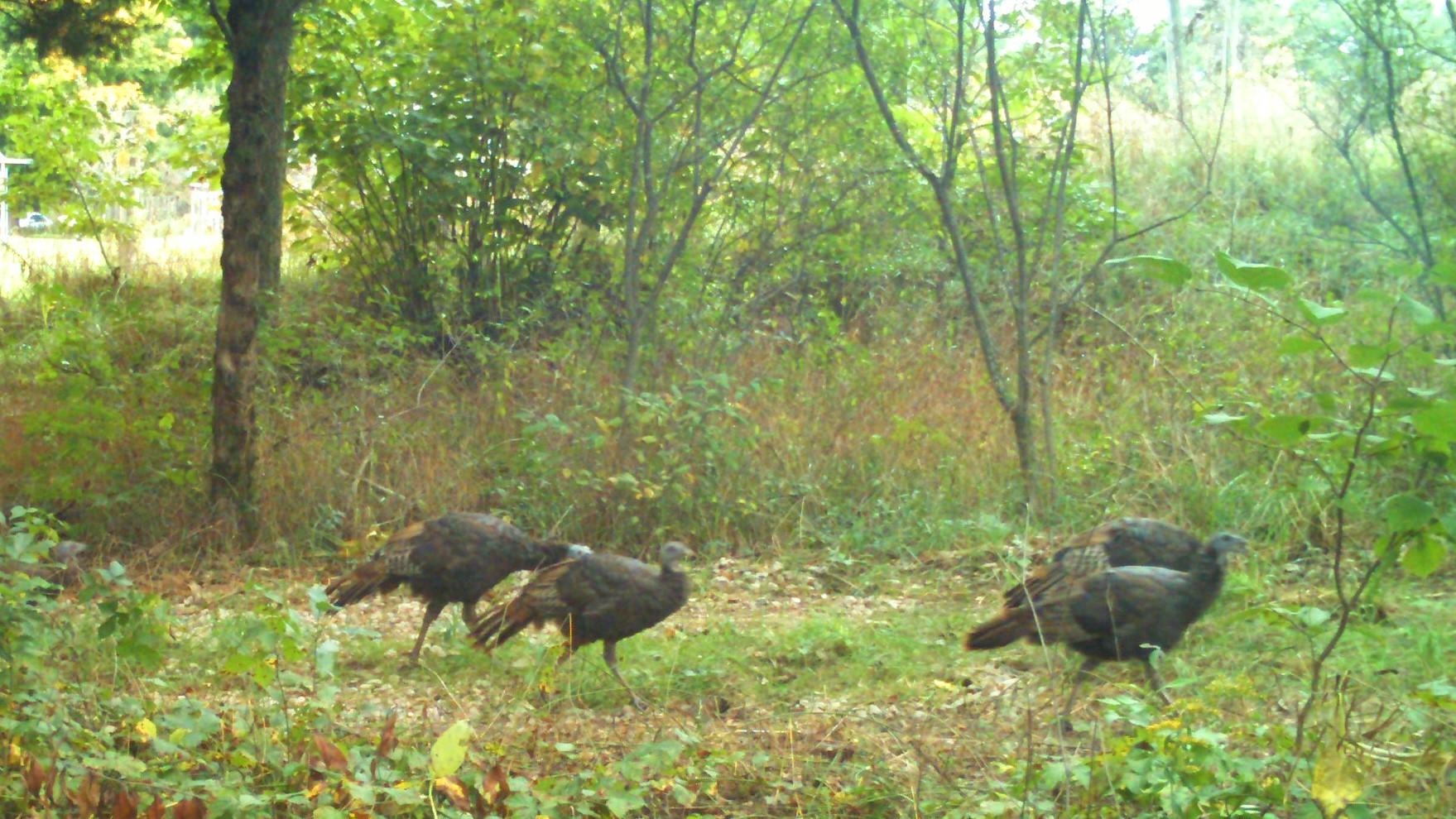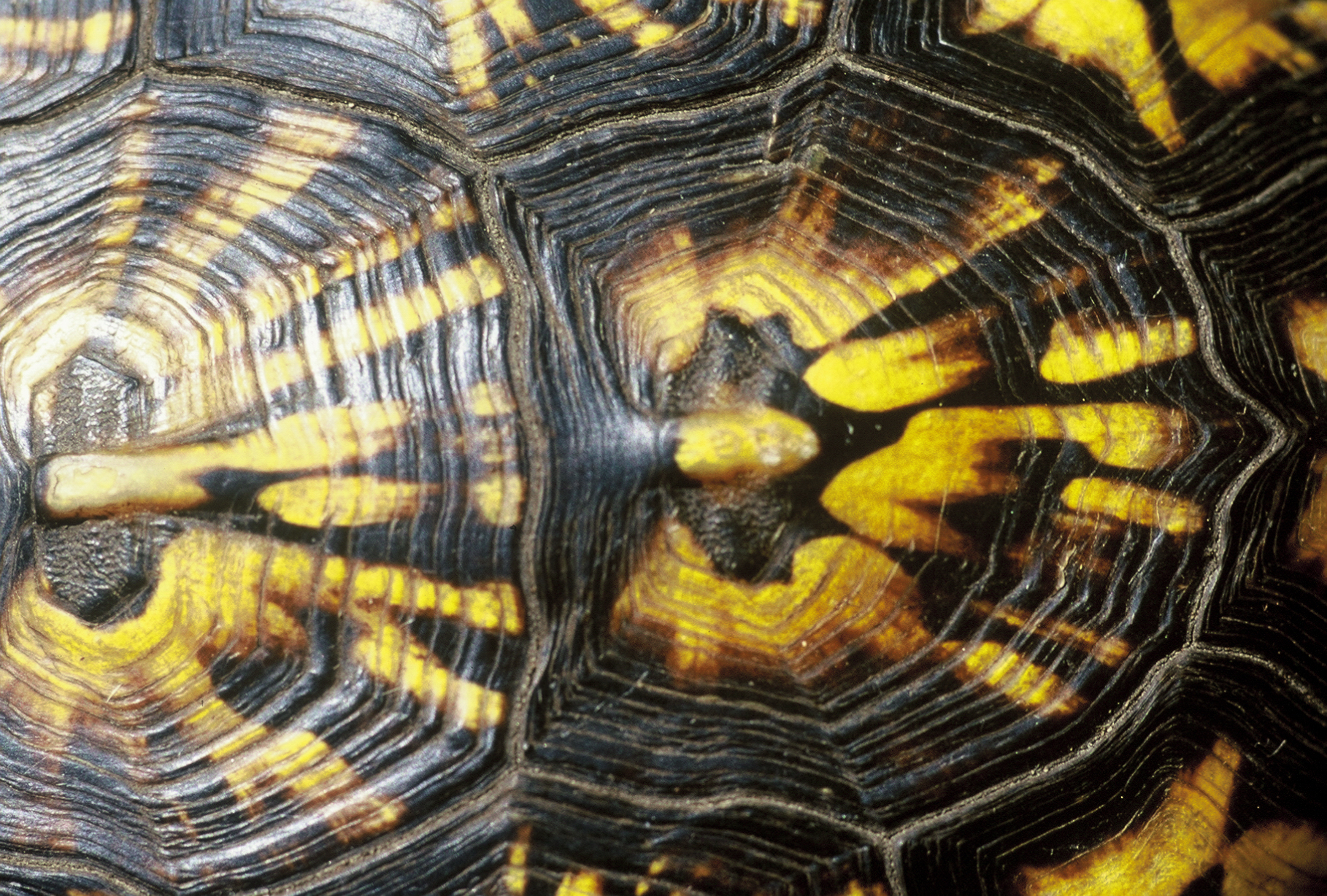


This high yielding hybrid selection of chinquapin combines the dwarf stature of the chinquapin bush with the more durable and resilient to chestnut blight Korean chestnut. This strain creates an early ripening chestnut with nuts that fall free of the burr. The small nuts have a good flavor and texture like the chinquapin but with a nut about triple the size.
This selection was a discovery from a grow out of a lone chinquapin bush in central Michigan from chestnut grower the late Norm Higgins. I use to purchase nuts for trees from him when I was growing trees for the nursery industry. I grew a few of the seedlings of which only three trees were planted out at my farm. Today only one tree exists as the others failed due to chestnut blight.. Because only the Korean chestnut trees nearby were pollinating the chinquapin, likely all of the seeds were hybrids as chinquapins are not self fertile. I remember seeing very low germination rate with this form on the original planting. Later I found several other people who knew of hybrid crosses or were actively breeding this line and these finally are now in my planting.
The whole purpose of this cross was to find super high yielding trees with a full compliment of three nuts per burr. The blight resistance is very good as you incorporate two species that can withstand the rather pernicious nature of this disease. Nuts drop out clean of the burrs and often they have a degree of resistance to chestnut weevil as well. There is no chestnut gall wasp in the stems as well. Quite an adaptable line of breeding should continue as well as selections from semi-dwarf and high yielding trees perfect for an orchard environment if chestnut were to be developed for flour. The gluten free market has changed everything in the flour industry and this is likely the direction of this market plus it can easily be grown organically. From seed, there is surprisingly great uniformity however selections could be made to maintain the high yields as clonal plants. Likely this is the direction of this line of breeding. Interesting in that the flavor and texture of the nuts is quite good in the raw state. In many ways similar to the chinquapin which are quite delicious raw.
"Oikos" Chinquapin Chestnut Scionwood can be requested for this selection with the purchase of seeds. The name of selection is "Oikos" . This is the tree in the images.
NOTE: Nuts have been soaked and treated with pyrethrum and neem to destroy chestnut weevils. Also the seeds have been sorted to remove damaged embryos with chestnut weevil. This takes about a month time from harvest to complete. Harvest began on September 15th which is the normal ripening and dropping time and continues through the end of September. Cut tests are done to check on weevils developing.
For germination: Store nuts in a lightly moist Canadian peat moss in cold refrigerated storage for 60-90 days. Seeds will sprout in refrigeration and can be plucked out and planted as they sprout. Like chinquapin seeds this cross can sprout quickly but unlike the chinquapin chestnut it will not put super long roots on in refrigeration. Watch for adding too much water in the peat moss to prevent molding.
| Plant Specs |
| Genus & Species |
Castanea pumila x mollissima-Korean selections |
| Seed Source |
Michigan-Originally under cultivation |
| Hardiness |
minus 20F or more. |
| Height (ft) |
15-20 |
| Width (ft) |
15-25 |
| Pollination Requirements |
Needs two-of itself or another chestnut of any type. Flowers with other chestnuts in the planting of American hybrids. |
| Soil |
Sandy loam, sandy |
| Climate |
Zones 4-8 |
| Ease of Cultivation |
Easy to grow. Pruning is best done when young to train as a open vase system. The hybrids tend towards a broad spreading crab apple type tree so thin to create a more uniform crown with good light penetration. Fruits occur on young trees 3 years old. Resistant to blight. |

